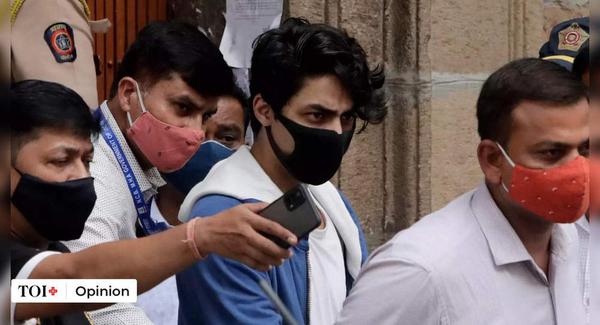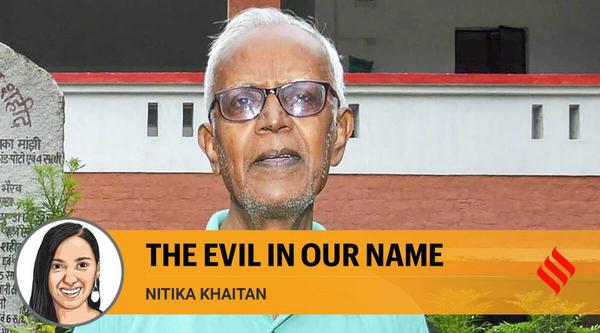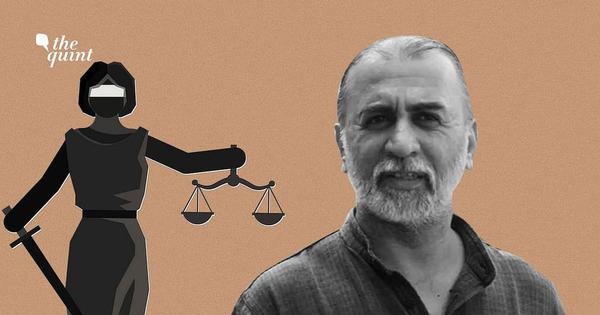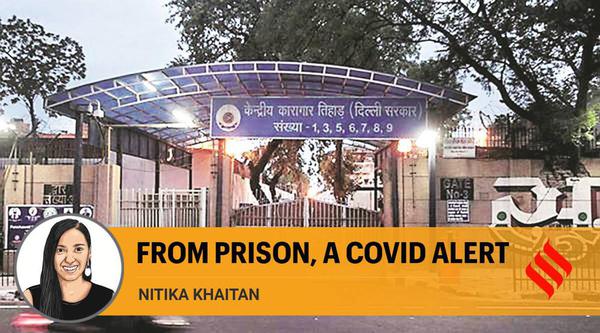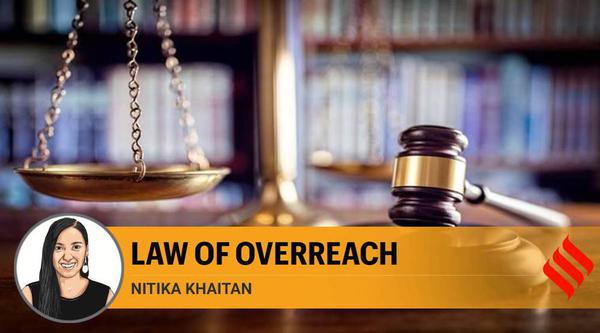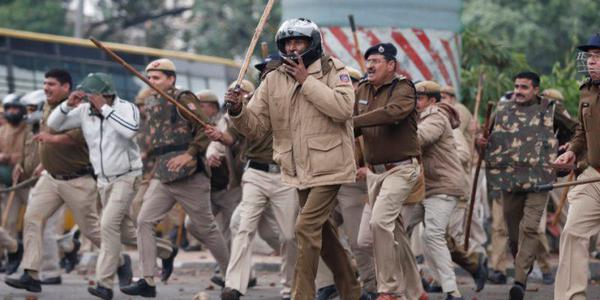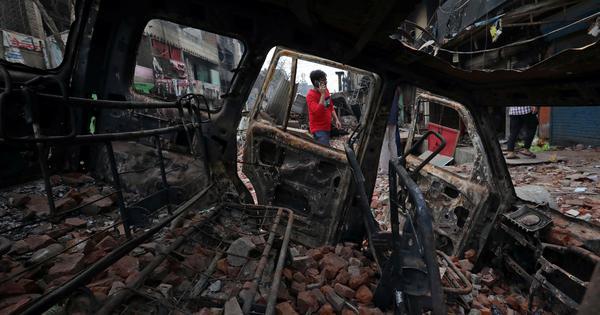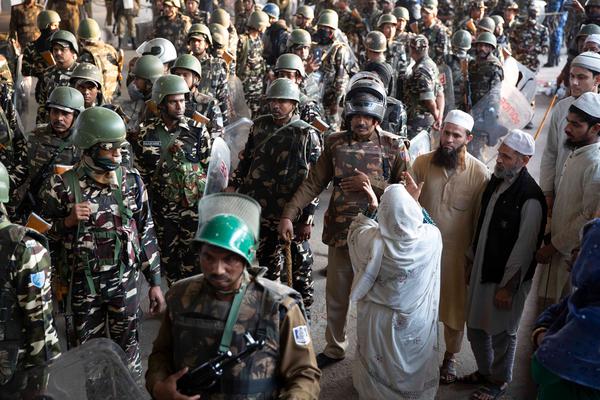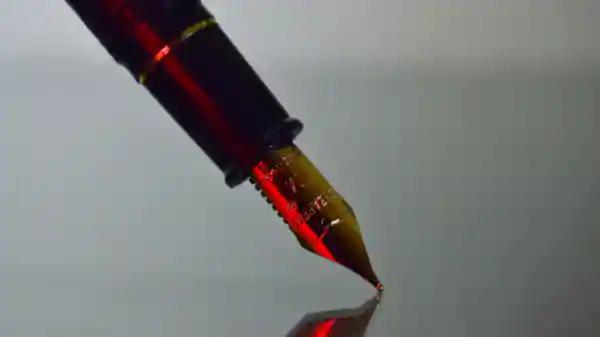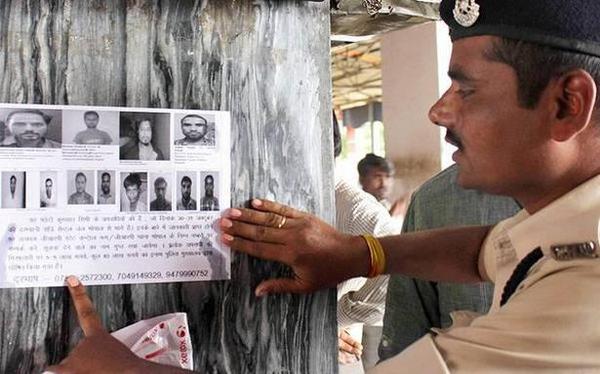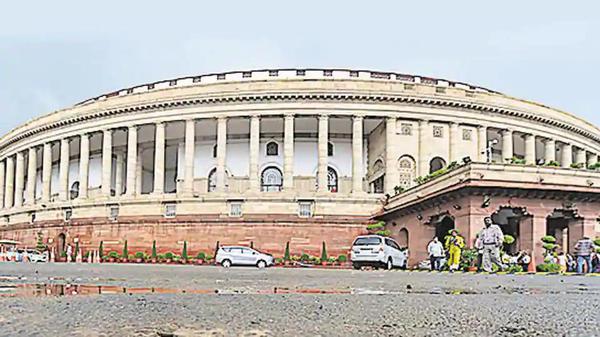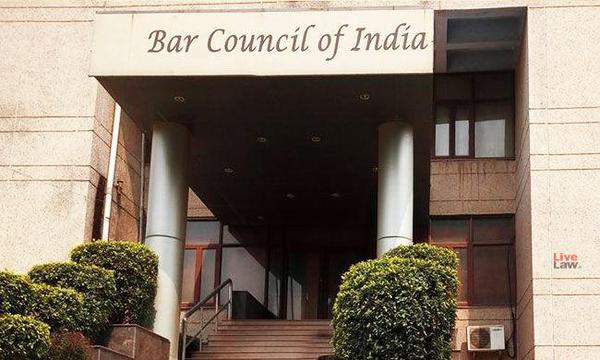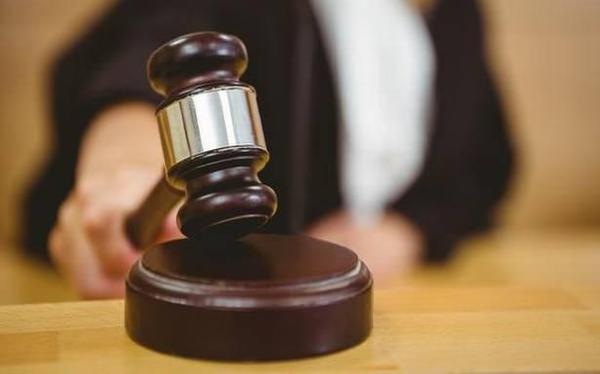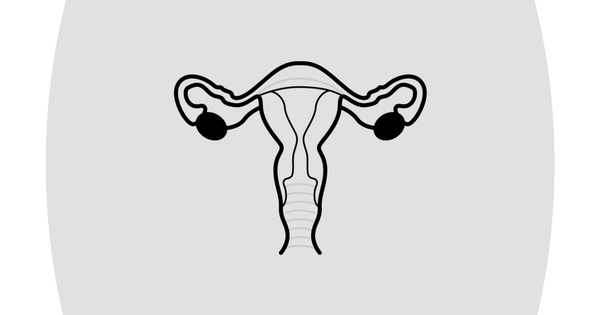The Indian Express
•
6th May 2021
At the state’s mercy: ringing the Covid alarm in Delhi’s prisons
Last week, five prisoners in Delhi died of COVID-19. As Delhi continues to face over 25,000 new cases and 300 deaths daily, its prisons are the most overcrowded they have ever been, and have the highest occupancy rate in the country. With little to no data from jail authorities on the current prevalence of testing, and complete apathy from courts on prison conditions, fears of an unchecked spread of infection and rising death toll loom large.
